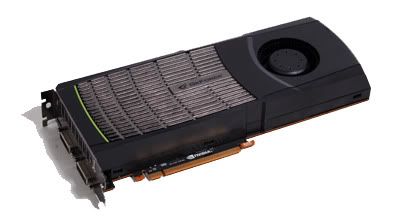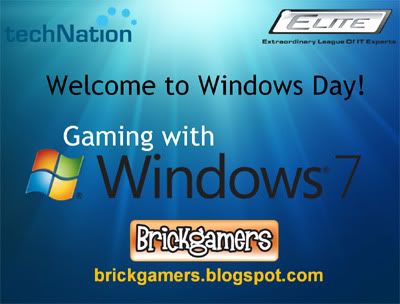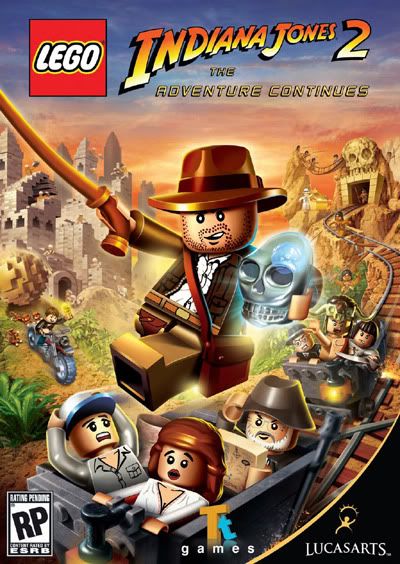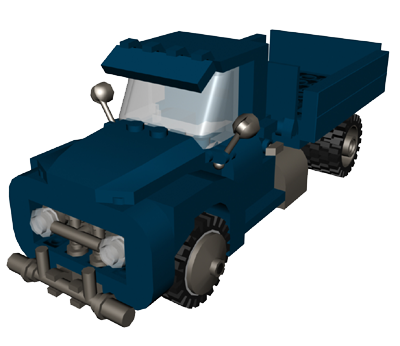With this card, NVIDIA is on par with it's rival AMD, with their ATI Radeon HD5000 Series. Both sides now have DirectX 11 cards, which are supported on both Windows 6.1 (Windows 7) as well as Windows 6.0 (Vista), the latter via the Platform Update.
DX 11 is supported in new and upcoming games, and throws in new features like Tessellation (which was introduced in DirectX 10.1 with Vista Service Pack 1 and supported on Radeon HD3000 and 4000). DX11 also introduces a new Compute Shader which works with Direct Compute, which is an implementation of GPGPU, which allows games to use the card for processing, not just graphics. This comes in handy for AI, physics calculation via NVIDIA's PhysX, and real-time 3D Ray-Tracing, via NVIDIA's OptiX, which used to be a feature found in NVIDIA's Quadro professional workstation video cards, but now can be used for games too.
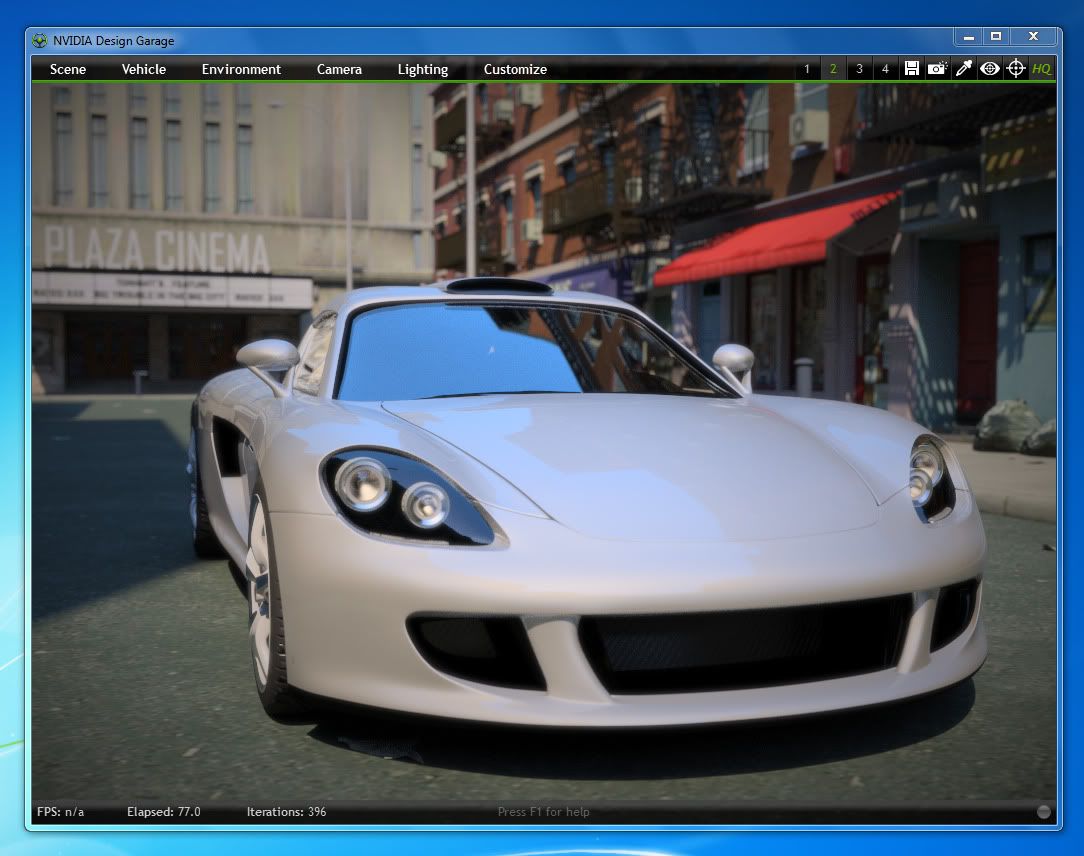 This is not a rendered 3D still image - it's a 3D motion rendering of a scene using NVIDIA's OptiX Quadro technology on the new GeForce 400 series of graphic cards. You can click on the image to view the full original size. Games can use this technology to have ray-traced 3D scenes.
This is not a rendered 3D still image - it's a 3D motion rendering of a scene using NVIDIA's OptiX Quadro technology on the new GeForce 400 series of graphic cards. You can click on the image to view the full original size. Games can use this technology to have ray-traced 3D scenes.

